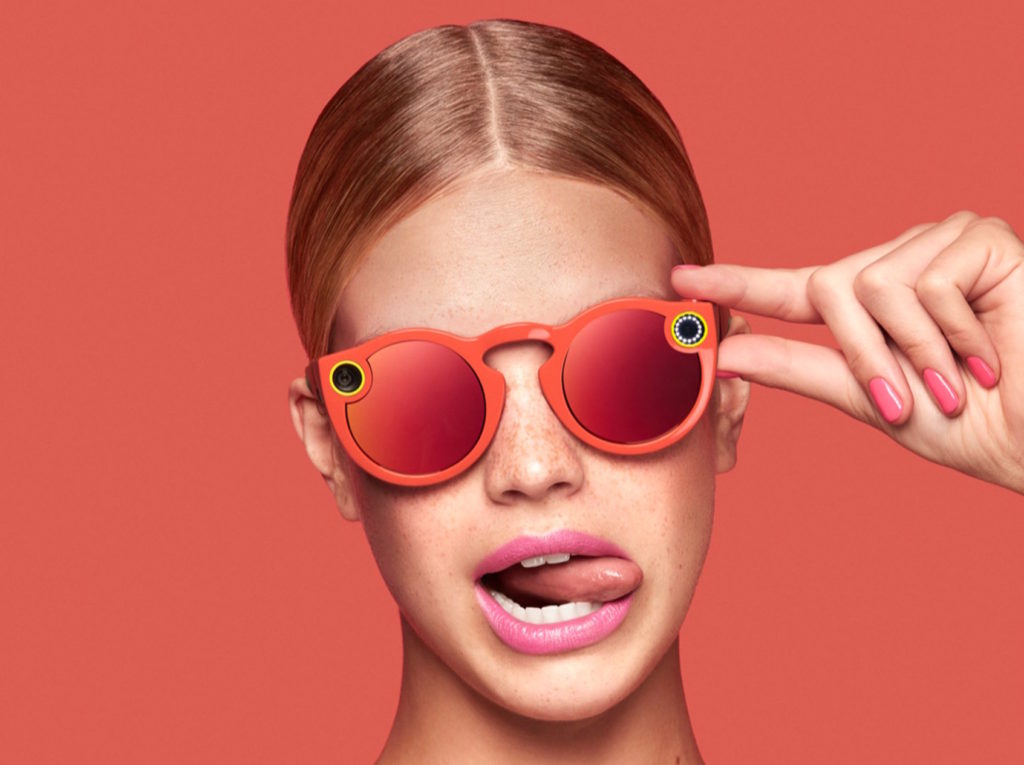
Spectacles as a gateway to novel visual conversations
Who would pay $130 to adorn their face with plastic spectacles of questionable aesthetic merit, capable of recording a mere ten second burst of video? You could be forgiven for dismissing Snap’s Spectacles as a symptom of an over-funded and over-hyped start-up culture.
However, they possess a characteristic which merits further investigation: charm.
Since news of Spectacles surfaced there has been a natural tendency to compare them with Google Glass. They are both forms of digital eyewear, but the similarities end there. Glass was part of an over-arching platform play, defined by high price (more than ten times that of Snap’s product), high technology and yet resulting in a deeply charmless overall experience.
Snap has actively sought to liberate Spectacles from the tech industry expectations which attend most Silicon Valley-style product launches. When Glass was launched by a skydiving Google executive and explained by the obligatory, ‘Jobsian’ stage pitch in front of a large projector screen, it established an engineering-led brand it has yet to escape.
Spectacles should be considered in an altogether different light. They are in no way about selling the technology, which Snap freely admits is hardly revolutionary. Crucially, they are also in no way about selling an ill conceived notion of ‘cool’ to a Snapchat user base for whom that word has no resonance.
Instead, they feel relaxed, creative and fun. Snap’s founder, Evan Spiegel, talks about them as a ‘toy’, clearly defining them as an experiment. They could be worn – and understood by the wearer’s peers – as a joke. Wearing them attaches no risk of ridicule to the user, because they implicitly acknowledge they’re already ridiculing themselves.
Rather like the Snapchat app, you get the sense the future of Spectacles – if there is one – will be genuinely derived from how early users subvert them in unexpected ways.
This aspect warrants further investigation, and potentially holds transferrable lessons, as it reveals the degree to which Snap understands and responds to users’ underlying motivations – a source of long-term competitive differentiation.
Evan Spiegel, founder of Snap, said in a Wall Street Journal interview: “People wonder why their daughter is taking 10,000 photos a day. What they don’t realise is that she isn’t preserving images. She’s talking.” He continued: “It’s not about an accumulation of photos defining who you are. It’s about instant expression and who you are right now.”
This is hard to understand for previous generations where photo albums and photography were inherently archival endeavours. It is also difficult to separate Snapchat today – and future products like Spectacles – from the company’s early associations with secrecy. While Snapchat made its name as a platform motivated by the active need for self-destructing images, today it embraces users who simply don’t expect that visual conversations are anything other than temporary.
Viewed in this context, the $130 Spectacles make more sense. They’re intended neither as a replacement or an adjunct to a smartphone. They’re not really a hardware product at all. They’re an activity: a quirky gateway to sharing little snapshots of life – with a human-like 115 degree field of vision quite different from a composed piece of photography. They allow users to state ‘this is the moment I’m in’ and, in doing so, participate in a novel conversation about outlook, place and feelings.




[…] tools to the fledgling platform, in the form of experimental products like Spectacles (something I wrote about previously). These represent sufficiently large leaps as to require a different form of user research, looking […]
[…] Spectacles as a gateway to novel visual conversations […]